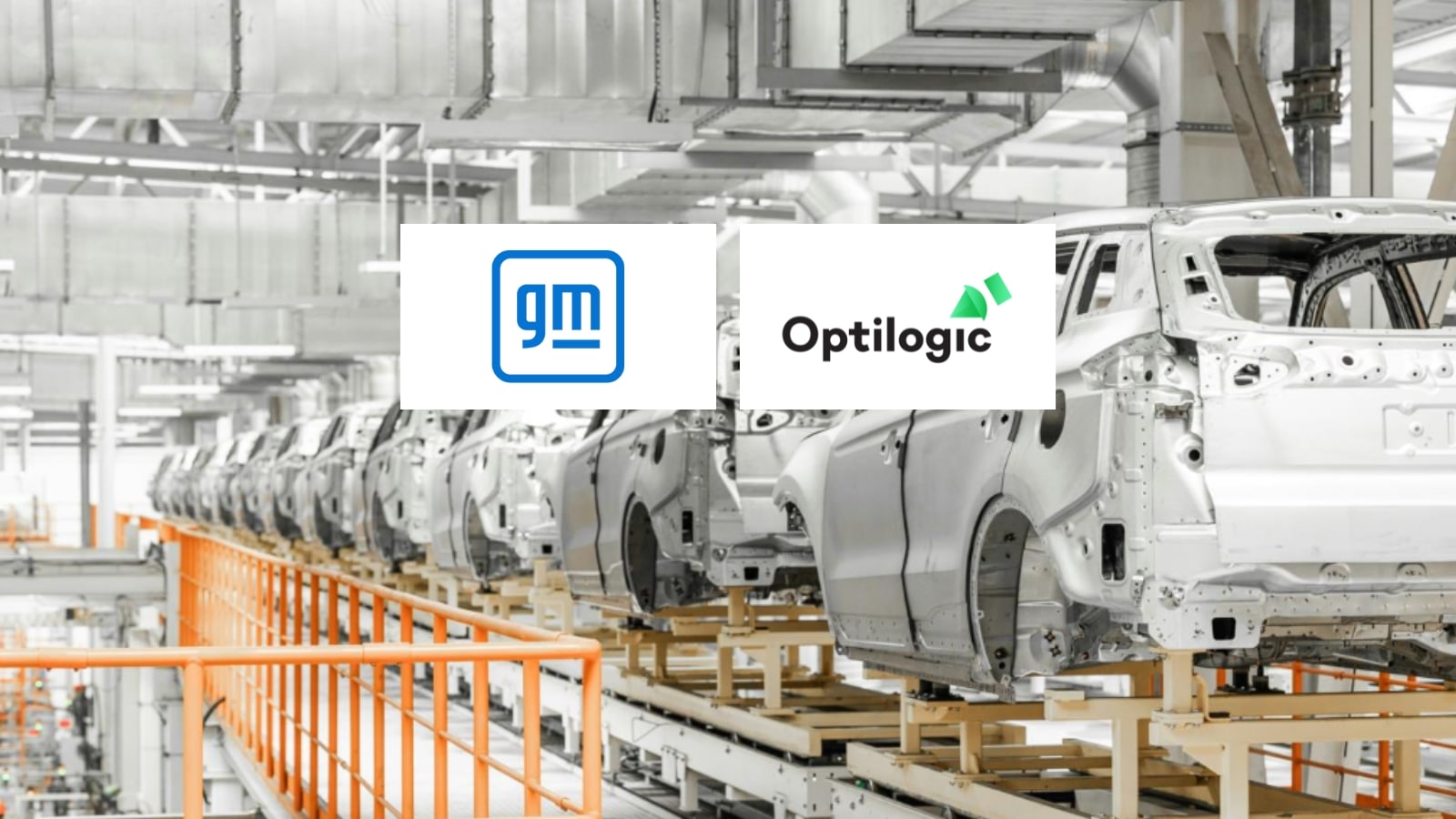General Motors Builds the Most Detailed Digital Model in Its History with Optilogic
Modeling at Full Granularity Transforms GM’s Supply Chain Strategy
“This started with a model, but it’s really about creating a more intelligent, agile, and future-ready supply chain.” — Mike Stafiej, Manager of Network Intelligence & Design, General Motors
Customer Snapshot
- Company: General Motors
- Industry: Automotive Manufacturing
- Scope: North American Finished Vehicle Logistics & Customer Care and Aftersales (CCA)
- Scale:
-
- 3M vehicles moved annually
-
- 300M+ parts/year
-
- 3,400 suppliers
-
- 22,000 customers
The Challenge
How do you model a supply chain this large—with zero shortcuts?
GM’s two major supply chain operations (finished vehicle logistics and service parts) needed deeper visibility to improve both strategic planning and tactical execution. However, their existing models required aggregation, limiting fidelity and real-world alignment.
Key Challenges:
- Legacy tools couldn’t handle disaggregated data at full scale
- Inventory and routing decisions lacked SKU-level precision
- Modeling silos across departments made standardization difficult
- Data cleansing and integration was time-consuming and inconsistent
The Solution
Why Optilogic?
GM partnered with Optilogic to create a fully disaggregated, end-to-end digital model—one that could model at product, customer, and node level across the entire network.
“We had a bold question: if we gave you raw, fully disaggregated data—could your platform solve it? Optilogic didn’t just say yes—they proved it.”
Implementation Highlights:
- Automated data pipeline: Pulled data from 40+ GM tables, 3PL partners, FedEx, and WMS systems
- Data cleansing at scale: 27 KNIME workflows, 1,500+ nodes for intelligent prep
- Optilogic Supernova cloud solve technology: 2TB RAM compute power to solve models with 26M demand records
- Unified platform across teams: Both Finished Vehicle Logistics and CCA used the same modeling system—despite different goals and network structures
The Results
GM built its most detailed, dynamic digital model to date—now used for real-world decisions.
Tangible Outcomes:
- Fully disaggregated CCA model: 260K+ SKUs, 29M sourcing policies, 3,400 sites
- Strategic and tactical gains: from facility placement to daily route optimization
- Automated pipeline: Faster model refresh and cleaner data for analysis
- One shared foundation: Modeling language now consistent across departments
- Increased agility: Faster business case validation and stakeholder alignment
“We can now build models to match the challenge—not the other way around.” — Mike Stafiej, General Motors
Deployment Across the Enterprise
Finished Vehicle Logistics
- Route and mode optimization
- Rail, port, and truck movement analysis
- Capacity planning across 1,600+ OD pairs
Customer Care & Aftersales
- Inventory positioning by SKU
- Warehouse consolidation and sizing
- Cost-to-serve modeling for 300M+ part movements
Enterprise Benefits
- Standardized data pipelines across teams
- More reliable scenario analysis and validation
- Clean data usable across analytics tools (not just models)
- Modular design for strategic or tactical use
- Built-in scalability—supports growth, new use cases, and rapid iteration
What’s Next
- Bottom-up aggregation from detailed baseline
- Extending the modeling framework to international regions
- Integrating real-time operational inputs into digital model for even faster feedback
About the Partnership
From debugging data to custom resource provisioning, Optilogic proved more than just technical capacity—it delivered collaboration at every step.
“Optilogic didn’t just deliver a tool—they delivered a true partnership.”
